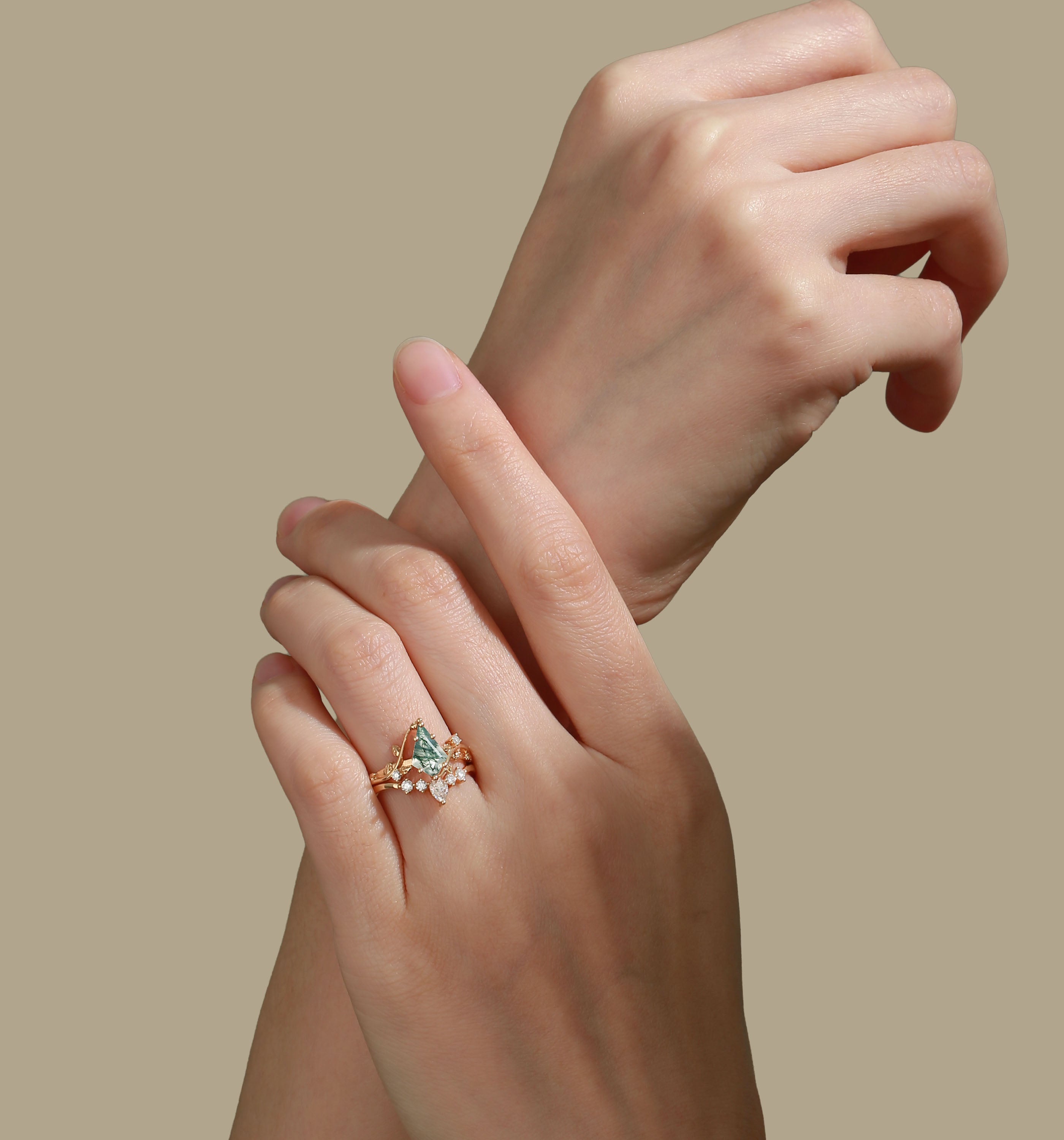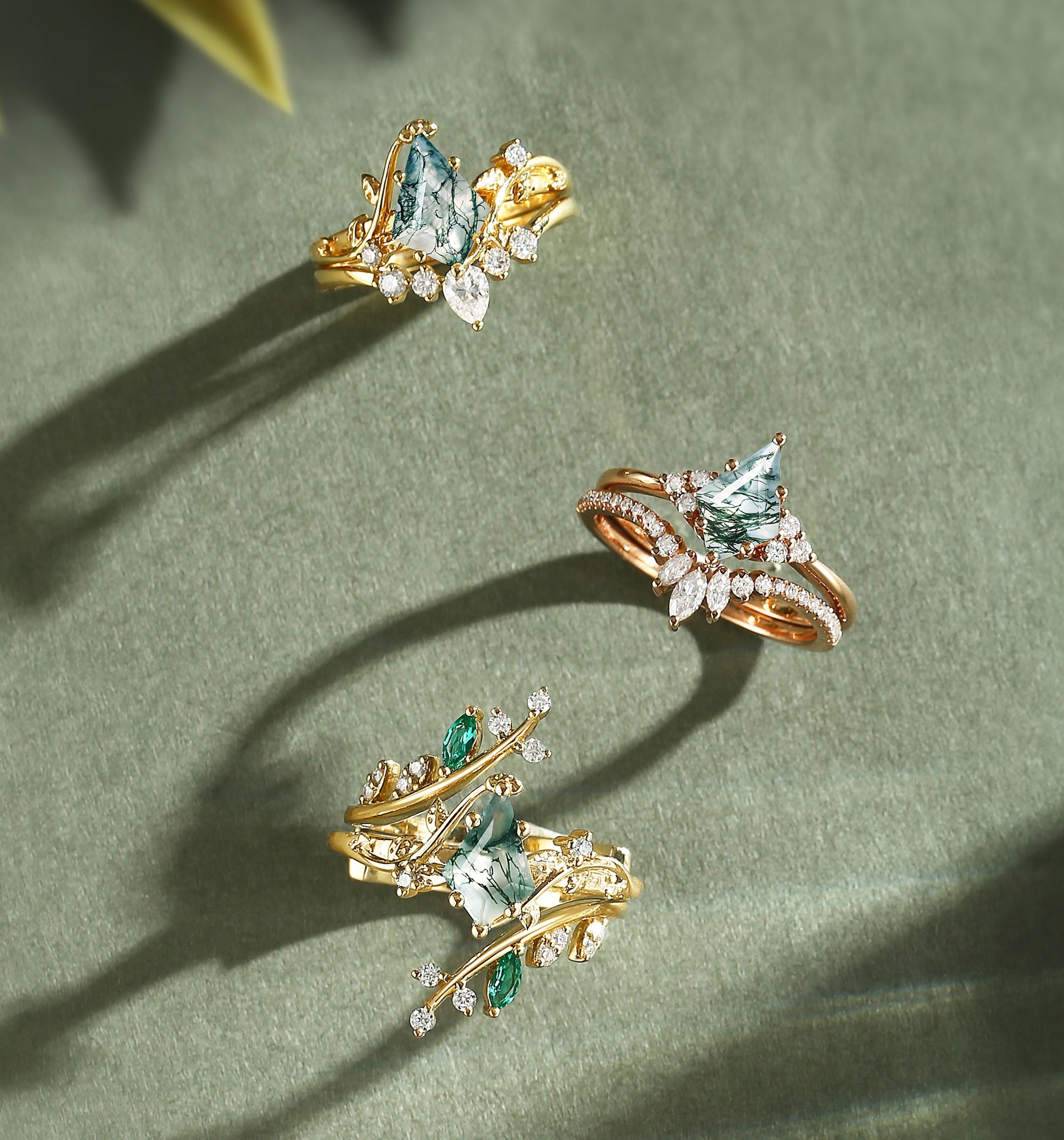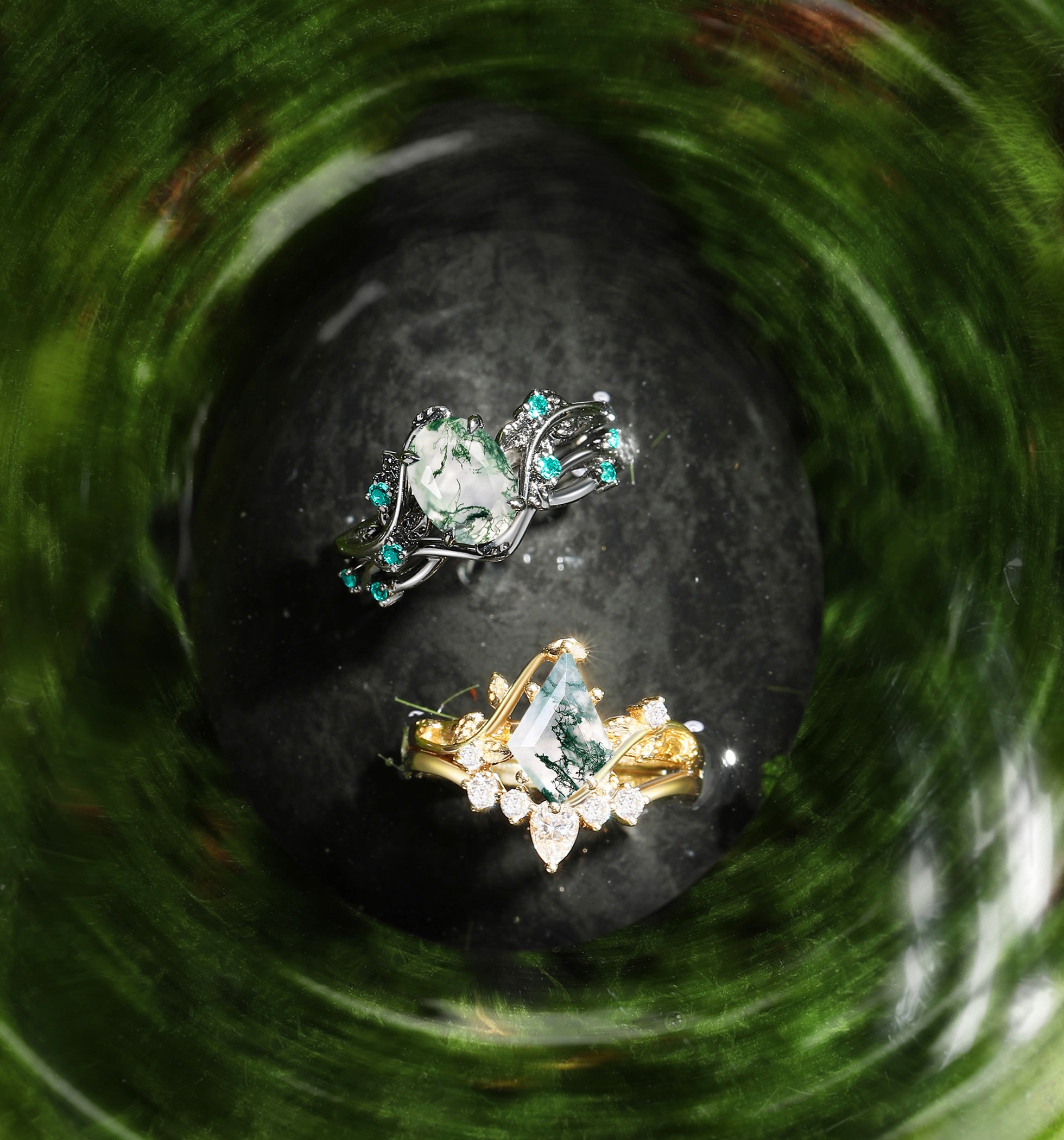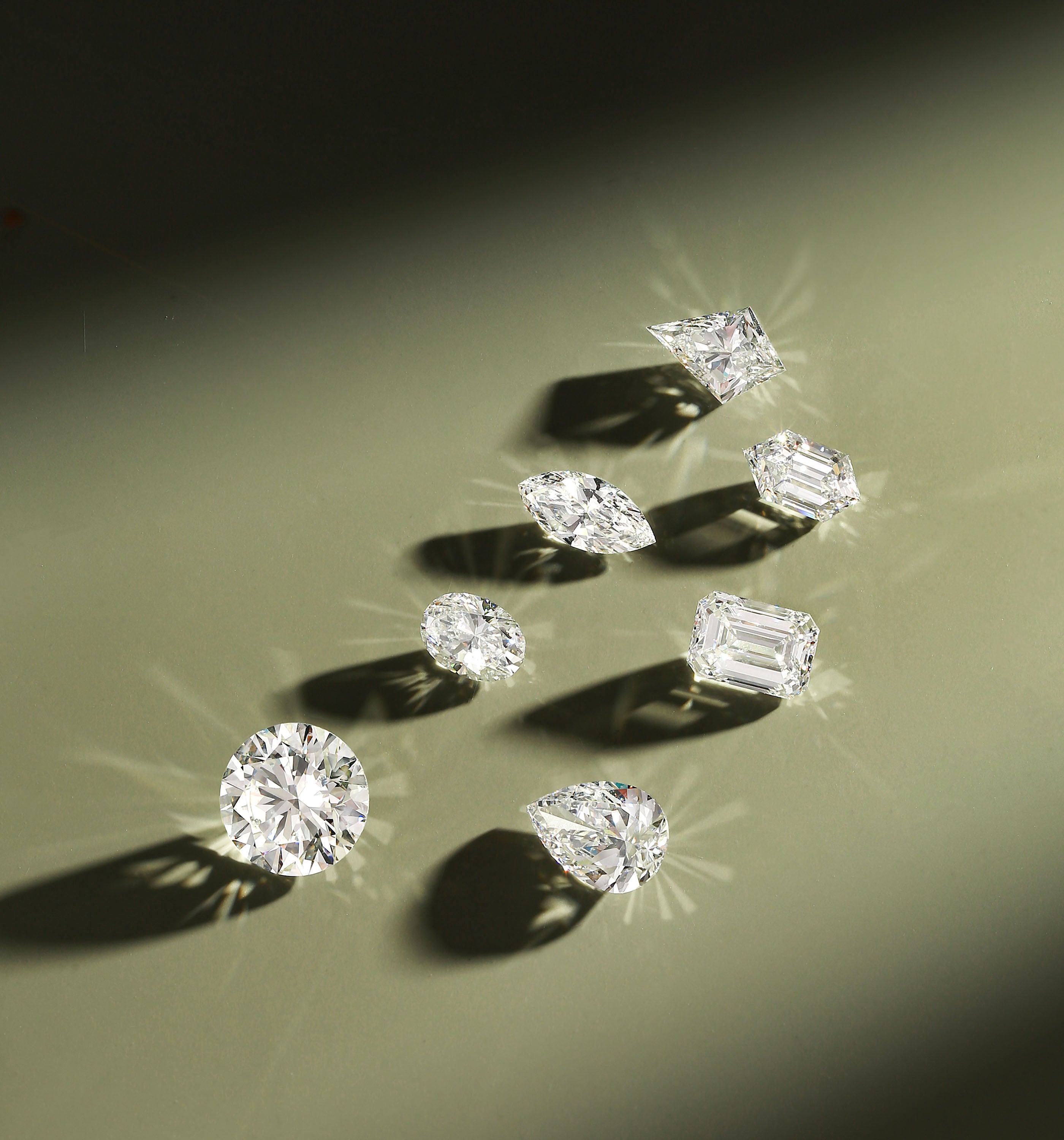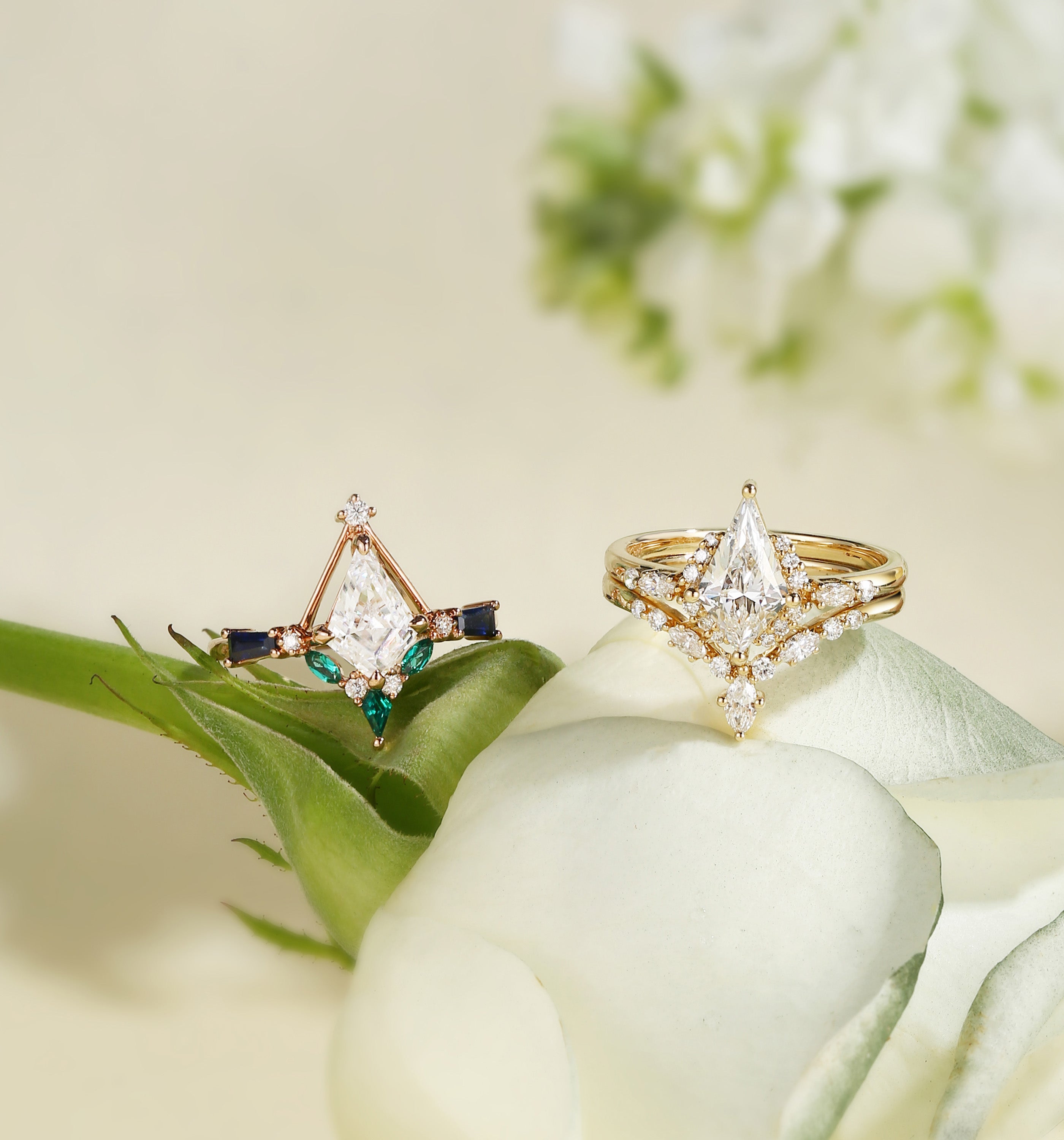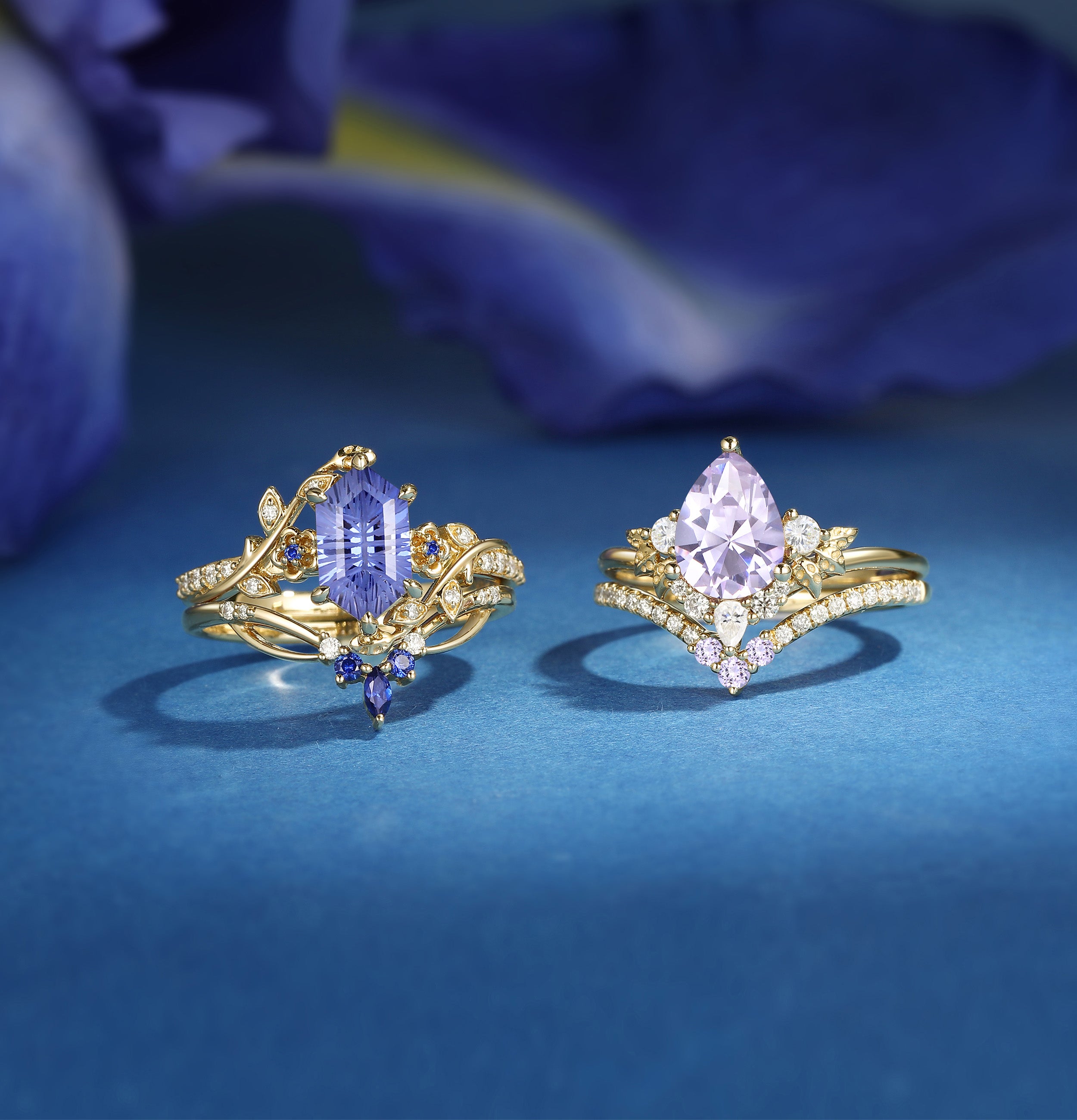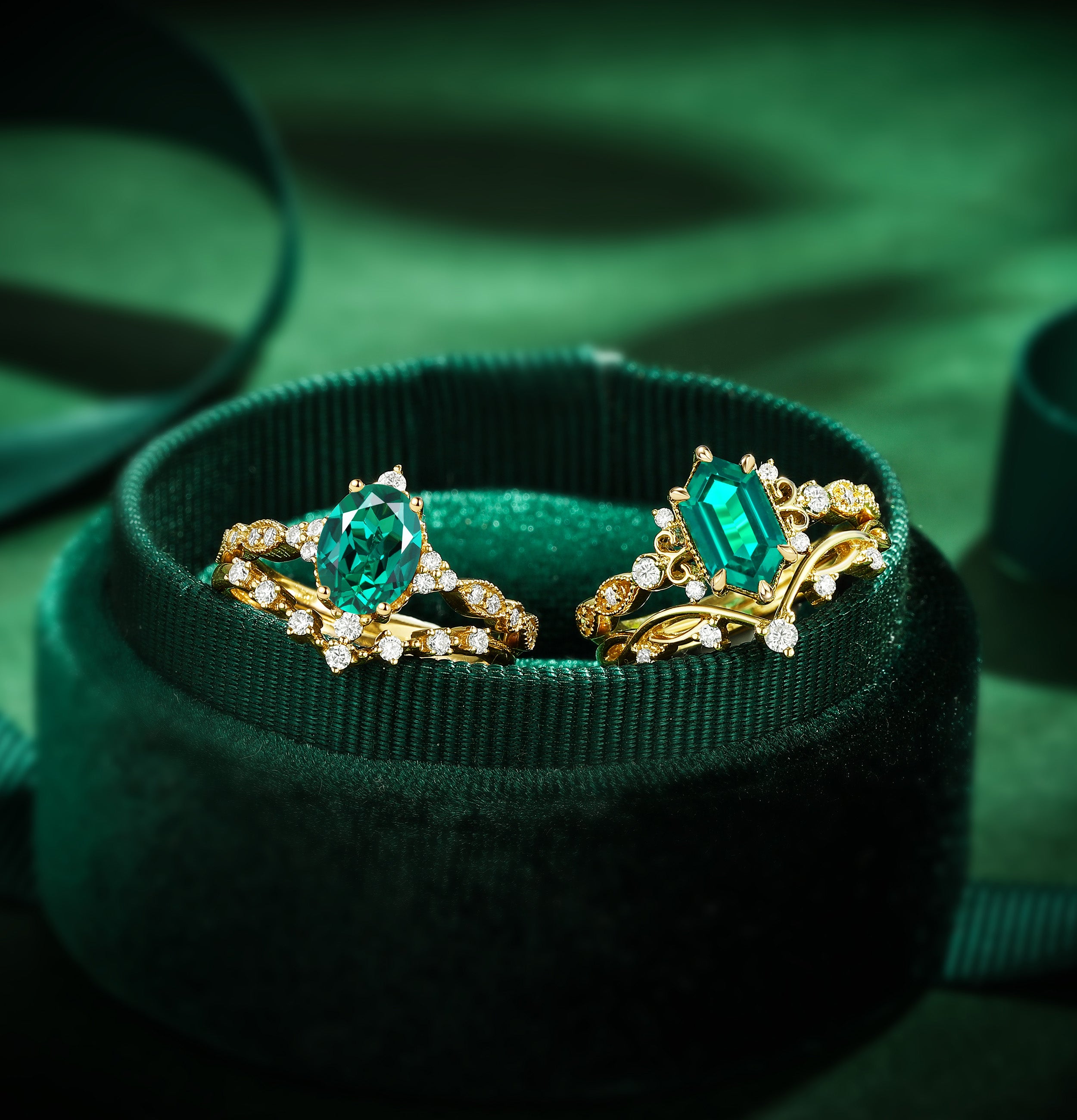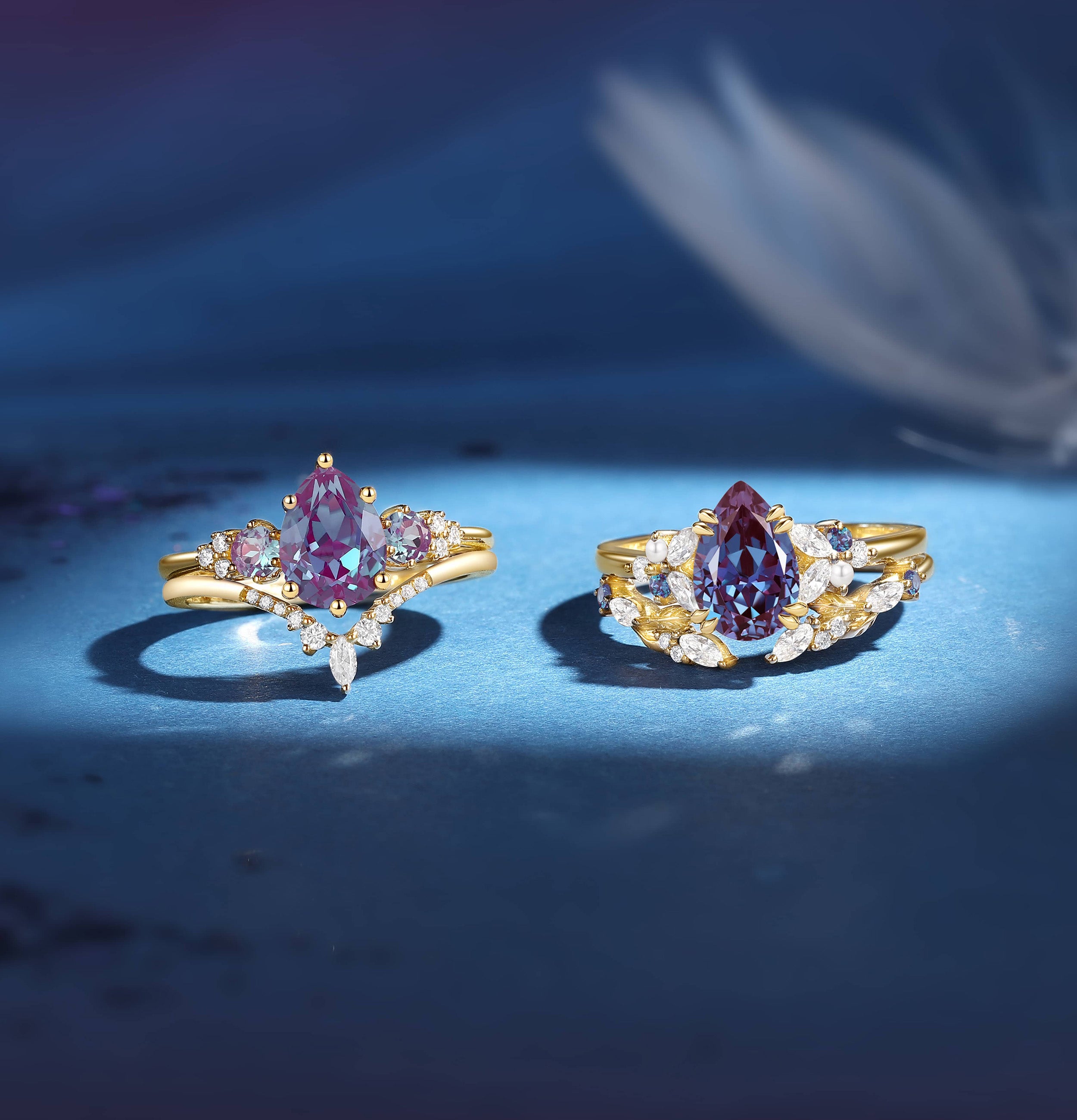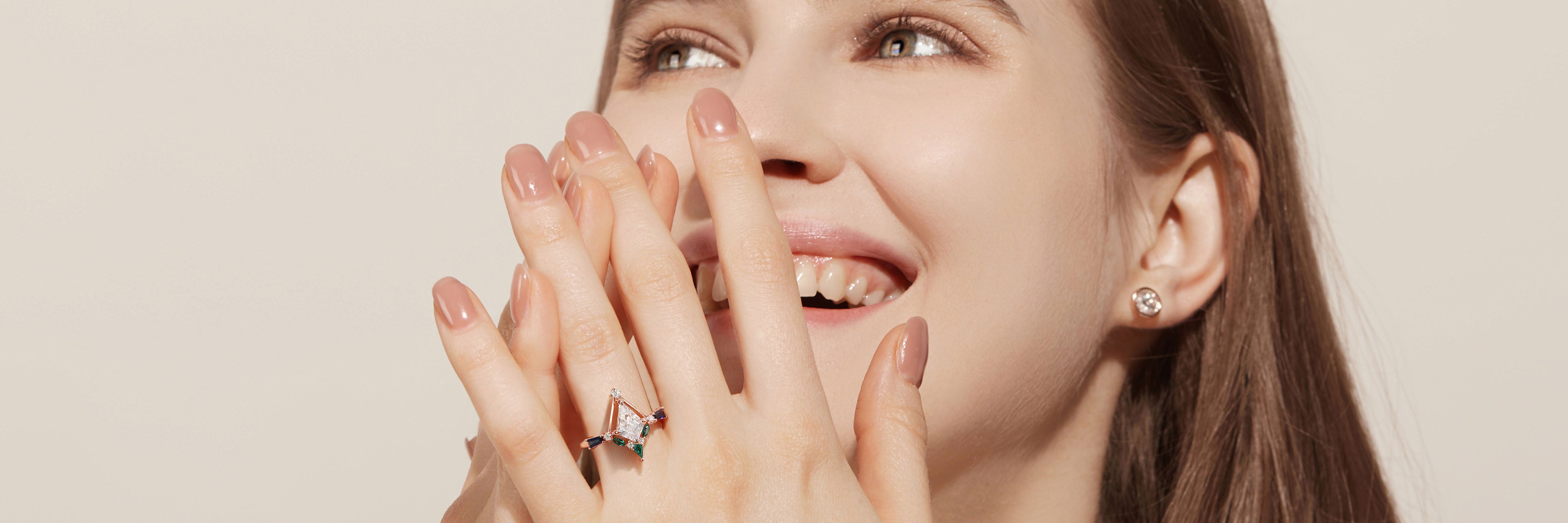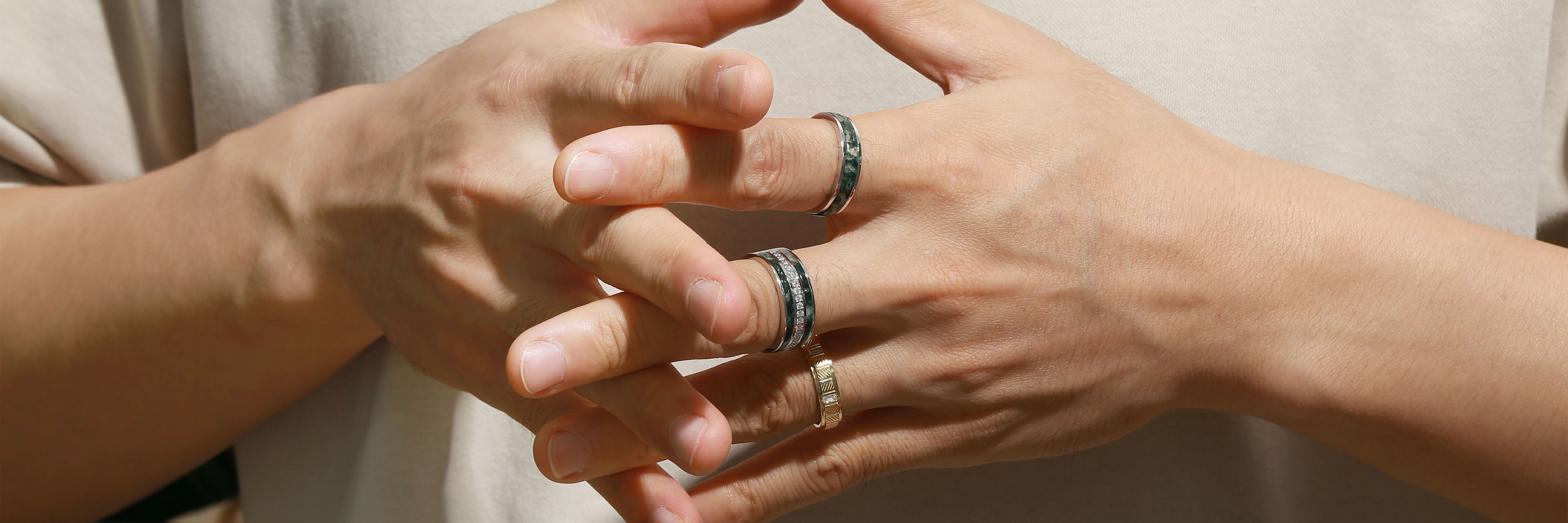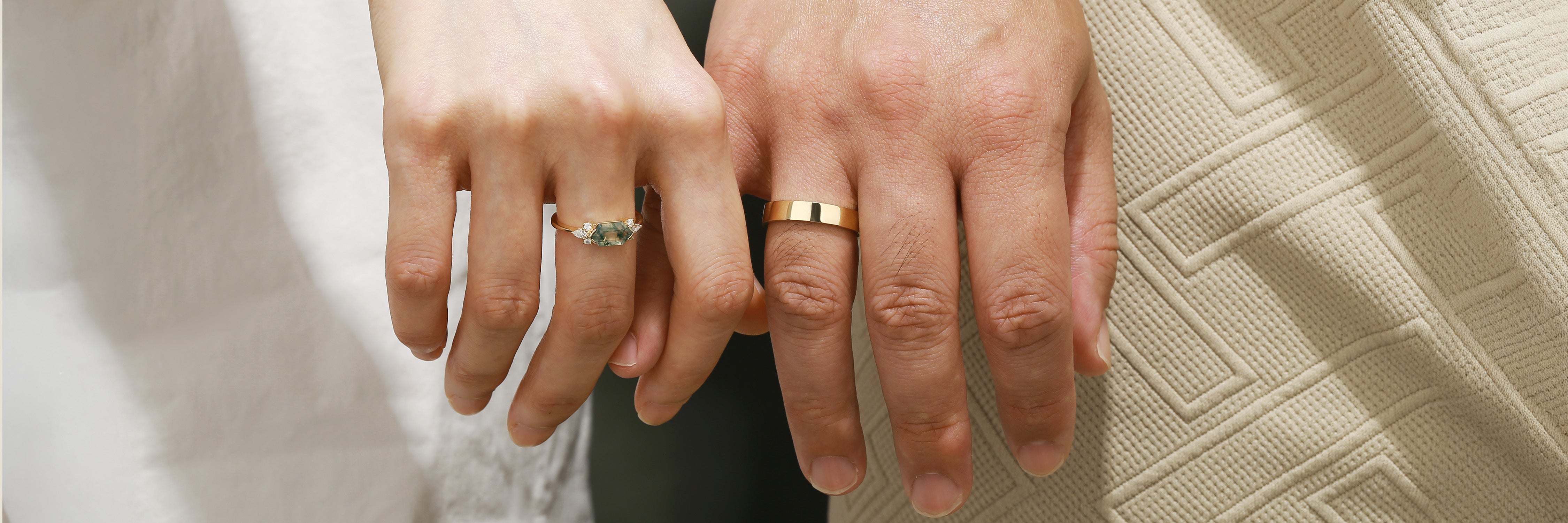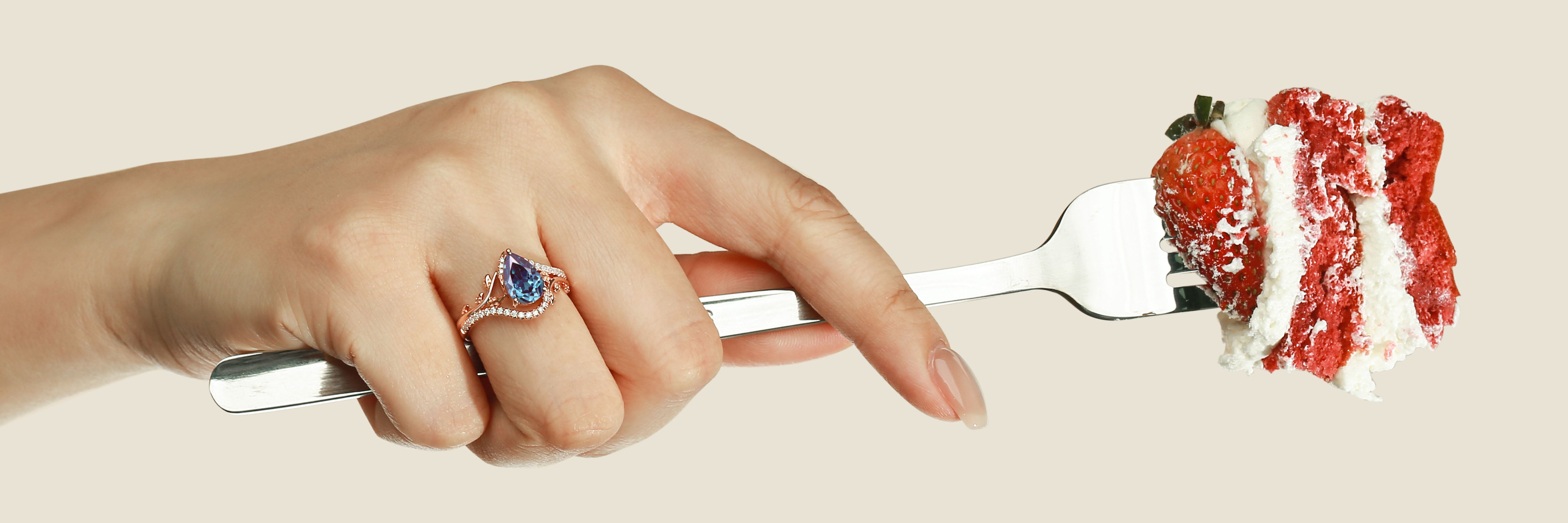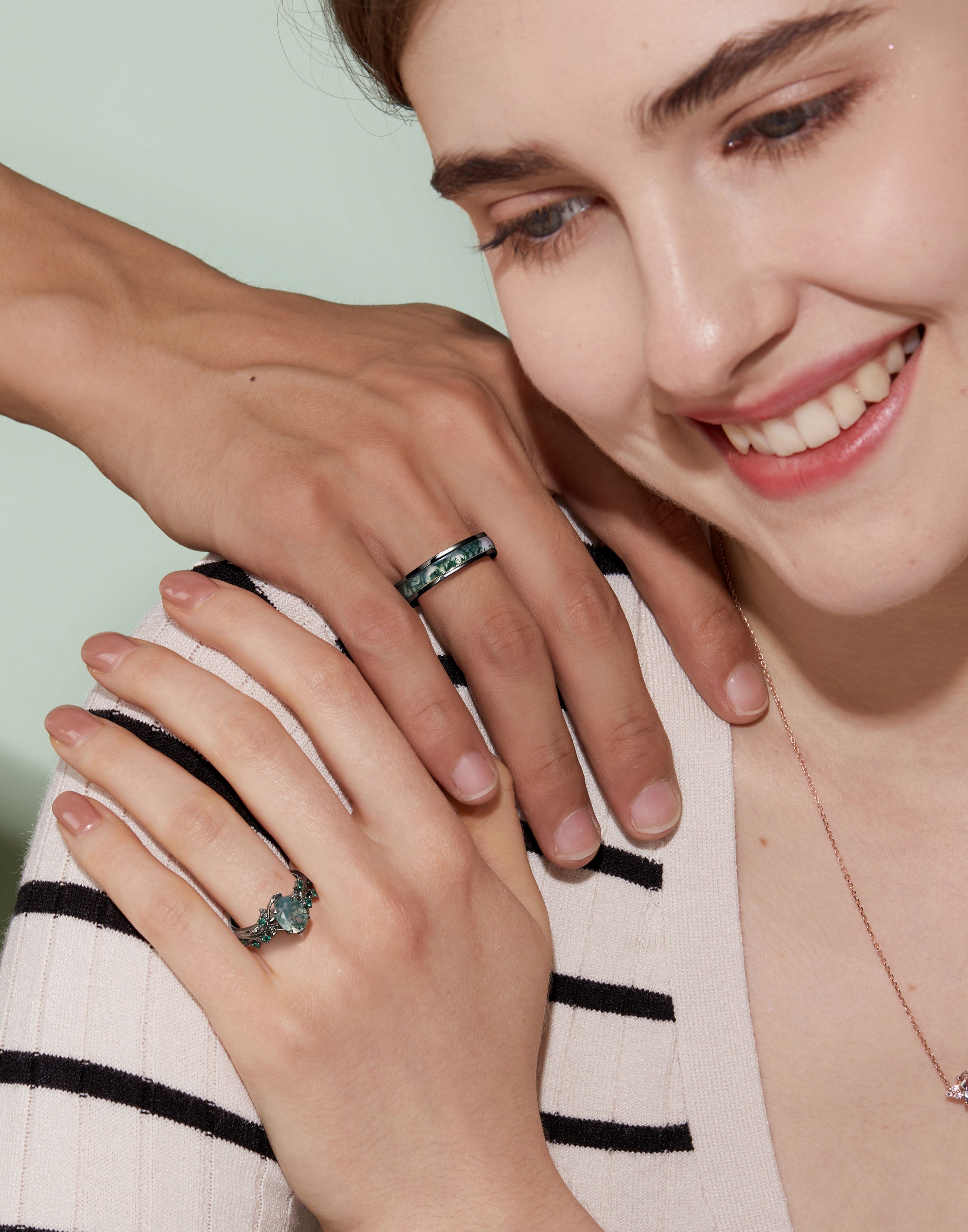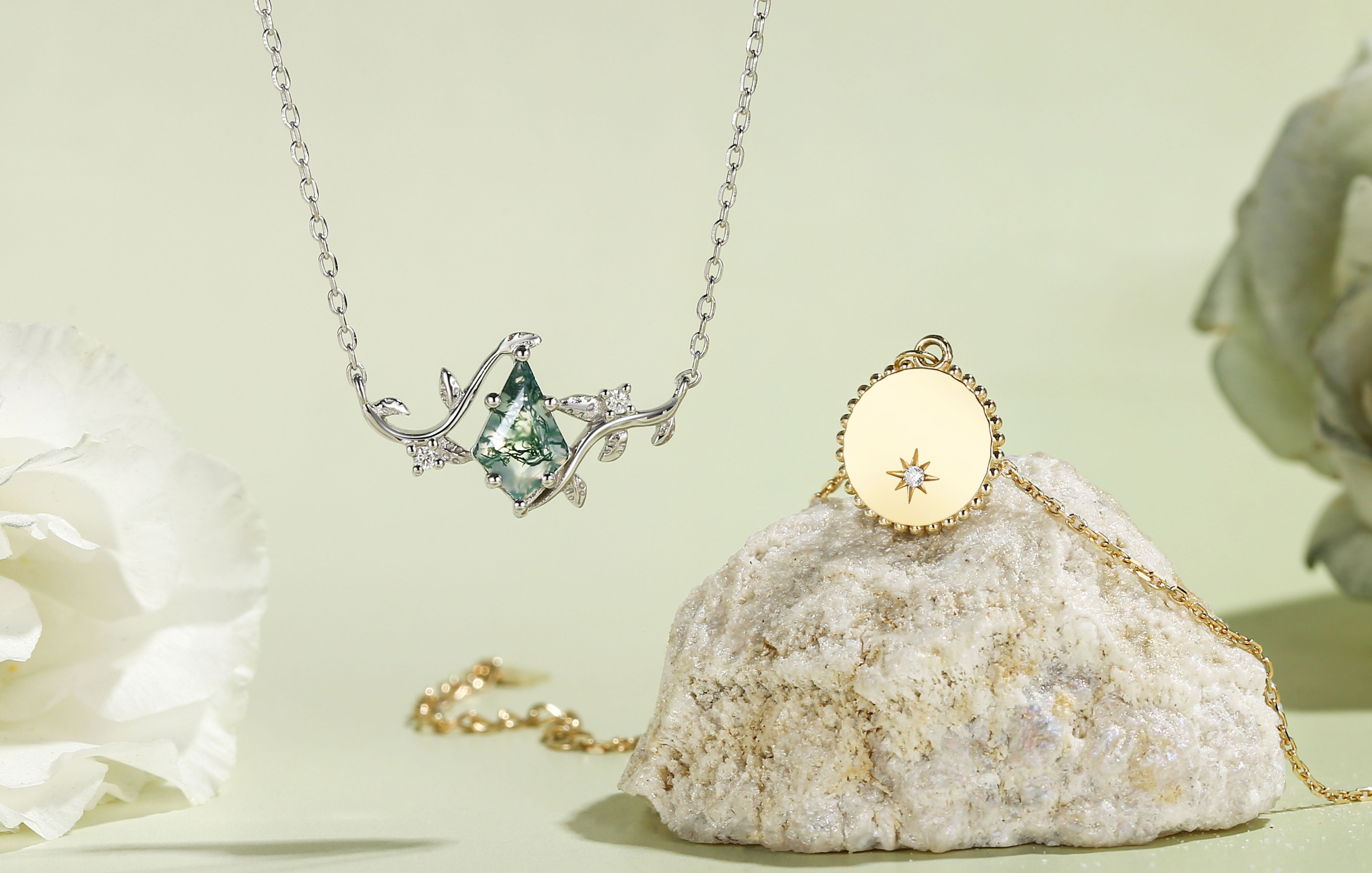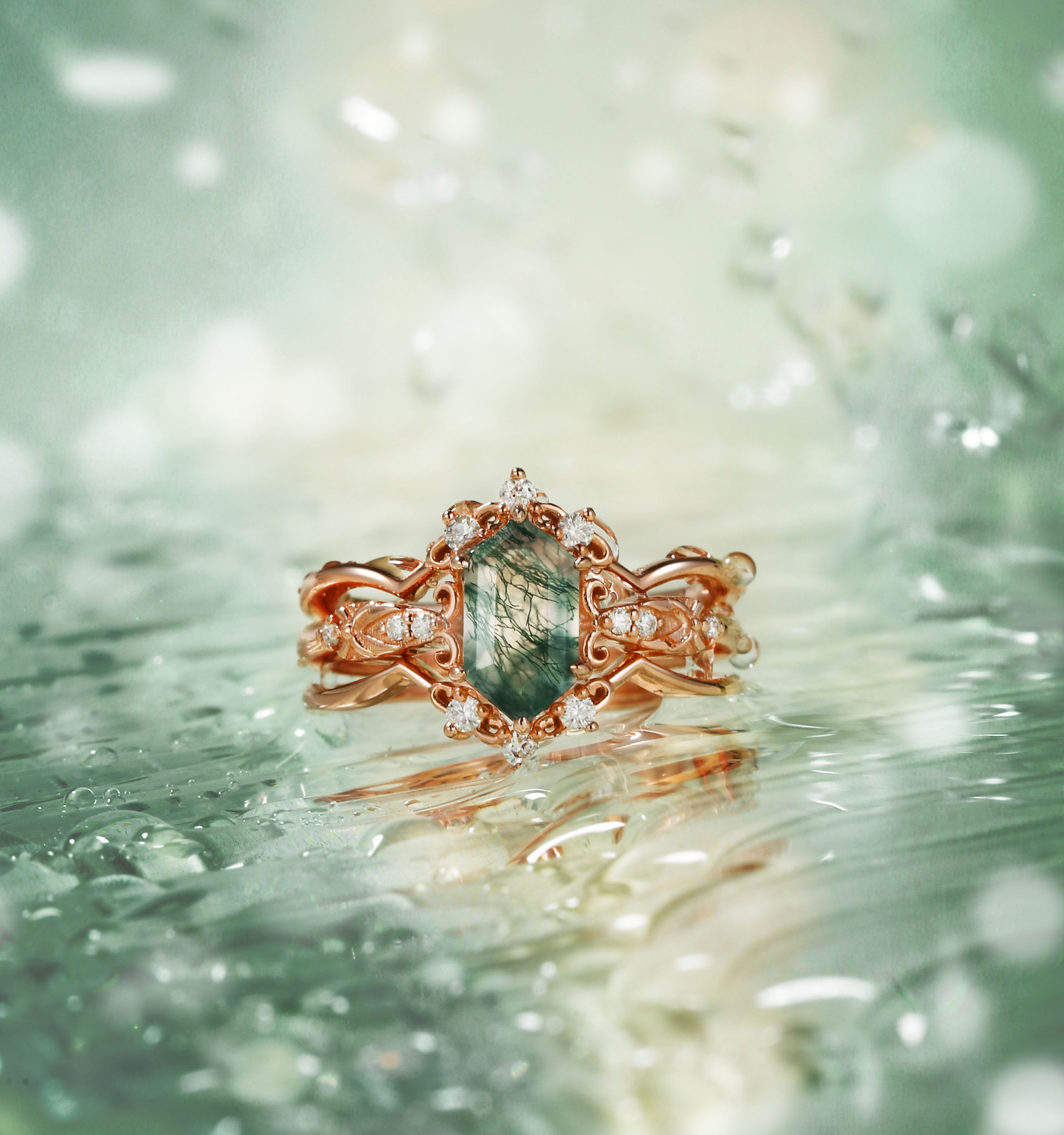The short answer is no. They are chemically, optically, and physically identical to mined diamonds and will not change in appearance over time. However, let's explore why some people might feel that lab-grown diamonds lose their sparkle over time.
How is a Lab-Grown Diamond Produced?
There are two main methods used to create lab diamonds:Chemical Vapor Deposition (CVD) and High Pressure High Temperature (HPHT).
1.The CVD Process
In the CVD process,a small slice of diamond is placed into a chamber and exposed to carbon-rich gas while being heated to extremely high temperatures.
The duration of the CVD process varies from several days to weeks, depending on the desired size and quality of the stones. However, dozens of stones can be grown at the same time.
Upon completion, most CVD diamonds exhibit brown or yellow colors. In order to be sold as white or colorless diamonds, these stones must undergo heat treatment. After formation, CVD diamonds can also receive treatments to create fancy pink or red colors.
2.The HPHT Process
In the HPHT process, pure carbon is compressed within a metal chamber and subjected to extreme heat and pressure via electric pulses. Over time, this intense environment causes the carbon to transform and crystallise into a diamond.
The duration of the HPHT process can range from several hours to several weeks,depending on the desired size and quality of the stones.
Following their creation, most HPHT diamonds undergo further heat treatments to enhance their color and clarity. Also, they can generate unique fancy colored diamonds.
Why Do Lab-Grown Diamonds Seem to Lose Their Sparkle Over Time?
The brilliance of a diamond hinges more on its cut quality, proportions, and facet design rather than whether it originates from a laboratory or nature.
Laboratory-grown diamonds exhibit numerous similarities to naturally mined diamonds, with the primary difference being their creation in a laboratory setting.
In terms of chemical composition, physical characteristics, and optical properties, lab-diamonds are virtually indistinguishable from their mined counterparts. They maintain their brilliance without fading, possess remarkable hardness and luster, and have inherent qualities that prevent tarnishing. Indeed, they are genuine diamonds through and through.
There are several potential reasons why a lab-grown diamond might appear to lose its sparkle over time:
-
Accumulated Dirt and Oil: Just like natural diamonds, lab-grown diamonds can accumulate dirt, oil, and other residues from daily wear. This buildup will make it appear less luminous.
-
Loose Settings: If the diamond is set in a piece of jewelry, a loose setting can cause the stone to shift around, leading to uneven wear and reduced sparkle.
-
Improper Storage: Storing diamonds improperly, such as in a way that allows them to rub against each other or other hard objects, can cause abrasions and diminish their sparkle.
-
Changes in Lighting: Sometimes, the perception of a diamond's sparkle can change due to alterations in the lighting conditions where it is viewed. Different lighting can highlight or obscure a diamond's fire and brilliance.
How to Care for a Lab-Grown Diamond Engagement Ring?
-
Avoid Harsh Chemicals: Keep your ring away from household cleaners, bleach, ammonia, and other harsh chemicals that can damage the setting or dull the stone's brilliance.
-
Remove During Rough Activities: It's best to remove your ring during activities that may subject it to impact or abrasion, such as exercising, gardening, or doing household chores.
-
Store Properly: When not in use, store your engagement ring separately from other jewelry to prevent scratches. A soft-lined jewelry box or a fabric-lined drawer is ideal for storage.
-
Regular Cleaning: Clean your lab-grown diamond ring regularly using a mixture of mild dish soap and warm water. Soak the ring for a few minutes, gently brush it with a soft toothbrush, and rinse thoroughly under warm water before drying with a soft, lint-free cloth.

